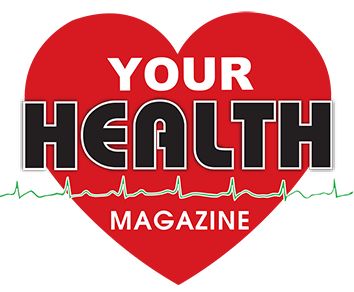
More Pain Management & Rehabilitation Articles
Three Steps Of Pain Management In a Nutshell
There are many different types of pain, including acute pain, chronic pain, musculoskeletal pain and referred pain, among many others. Pain can arise from many different causes such as nerve damage, surgery, injury, metabolic problems or even stress. When treating pain the first step is to identify the source of the pain to figure out what is causing it, the second step is to stop the pain and then the third step is to prevent it from occurring again.
Identifying the Source
Identifying the source of pain is an extremely important first step. When organs, muscles, and joints are damaged they tend to refer pain to different areas. For example when the liver or gallbladder is damaged or injured they often refer pain to the shoulder, when there are adhesions and tightness in the upper trapezius muscle (the superficial one at the base of the neck) this refers pain to the forehead, dysfunction of the pelvis often refers pain to the side of the hip and the front of the thigh.
Control the Pain
The second step is to control the pain. This can be done through a variety of different ways and is specific to what the source of the pain is, as found in the first step. Some techniques commonly used for pain control include ice, heat, massage, acupuncture, physical therapy and chiropractic. Chiropractors often use multiple techniques and modalities to address the specific source of pain and are very effective at relieving pain in a non-invasive way.
Rehabilitation
This last step of pain management is done through rehabilitation. Rehabilitation is extremely important no matter what the source of the pain is. In order to prevent the pain from occurring again the tight muscles need to be stretched and the weak muscles need to be strengthened. Whether it be an athletic injury, a fall or a surgical procedure proper rehabilitation must be done to make sure that all of the muscles involved are strong and functioning properly so that the injury or painful event does not happen again. Rehabilitation, similarly to treatment for pain control can be done through many different approaches including physical therapy, chiropractic, home exercises or stretches.
This 3-step method, identification, treatment and rehabilitation, provide very favorable results for pain management in both the short and long term.
Other Articles You May Find of Interest...
- Are You Tired Of Being Held Back By Your Pain?
- Epidural Steroid Injections for Low Back Pain and Sciatica
- Remedies For Pain From Centuries Old, To Cutting Edge Wellness Technology
- Fibromyalgia: How Do You Treat It?
- Alleviating Joint Pain in Pets: A Comprehensive Guide
- Sciatica Treatment Options
- How to Promote Bone Fracture Healing? Tips for Faster Healing

















